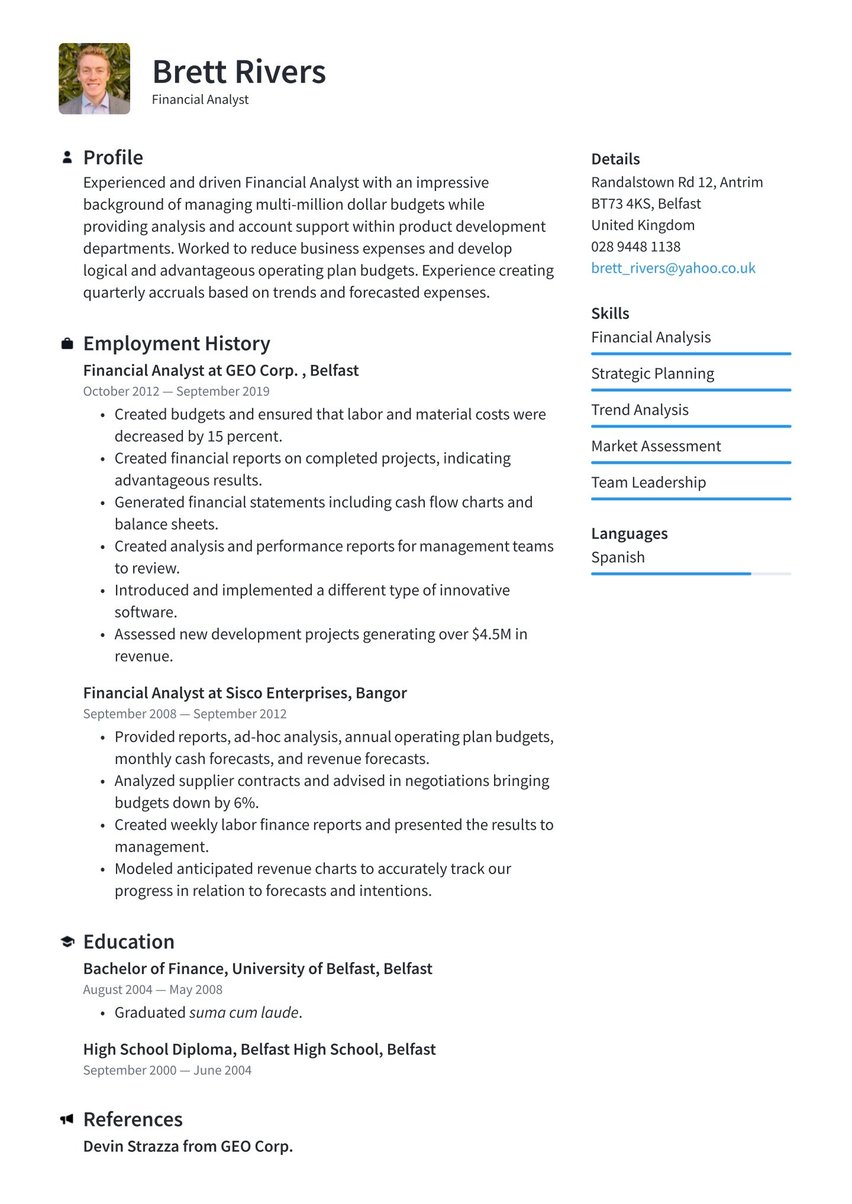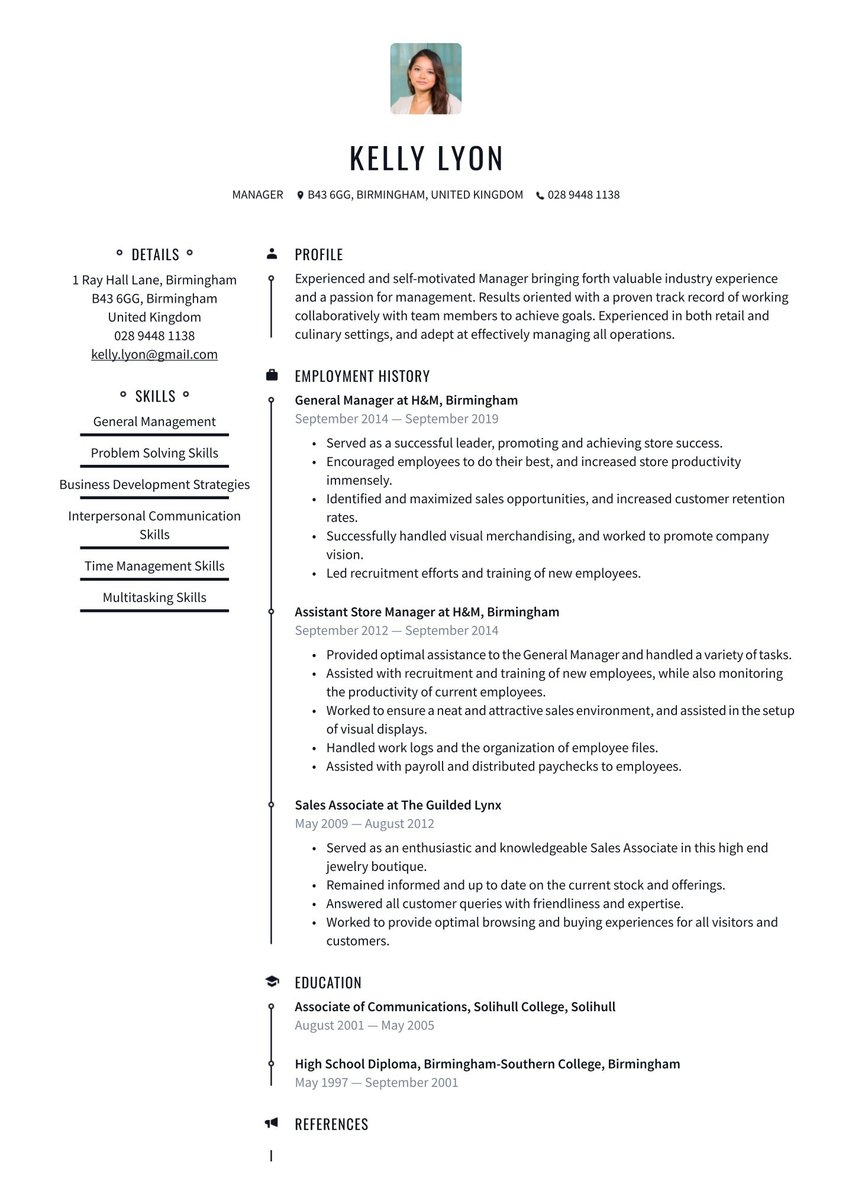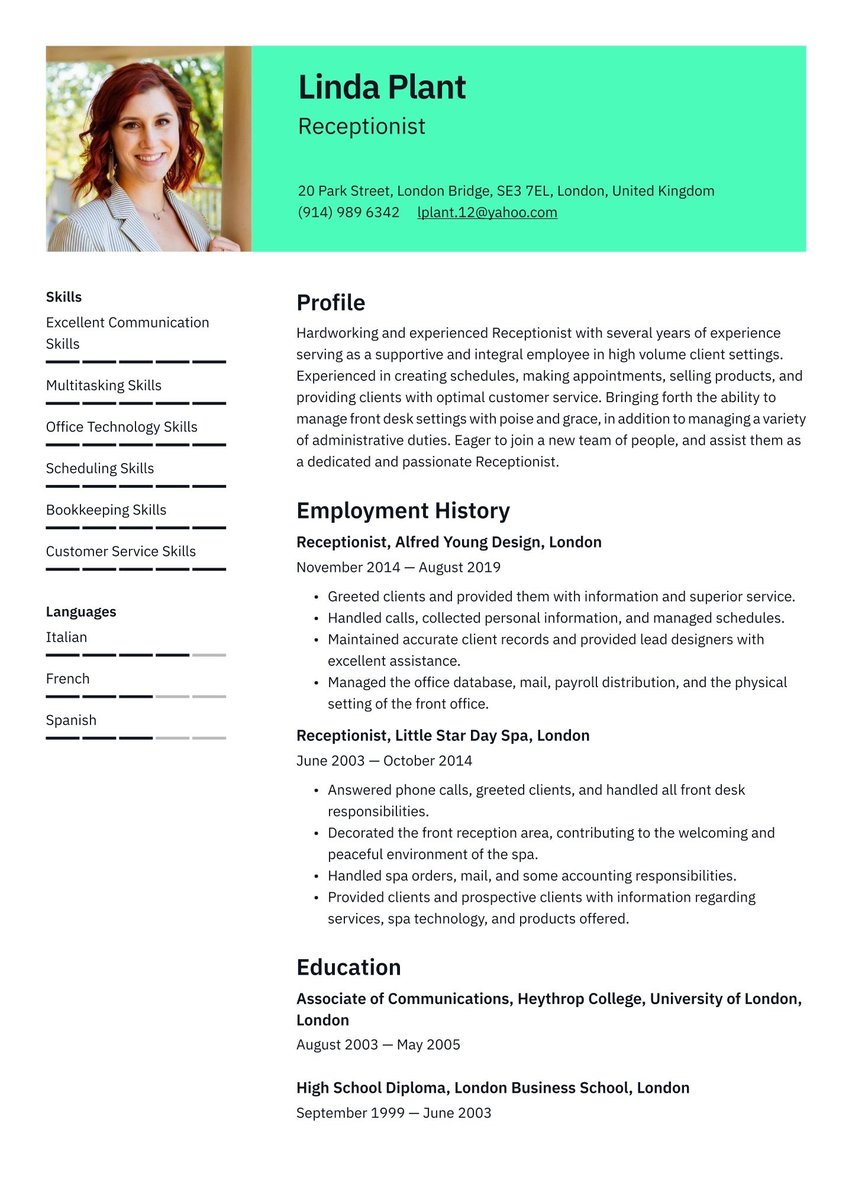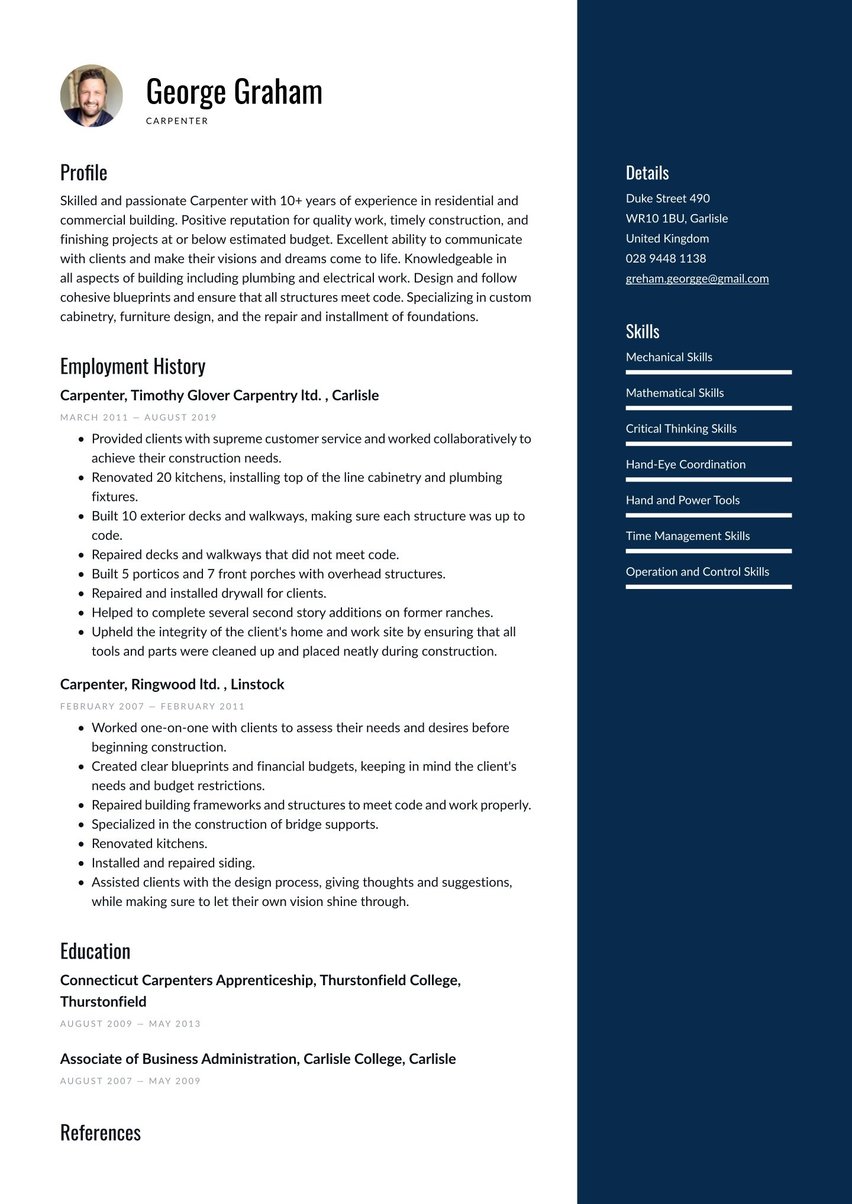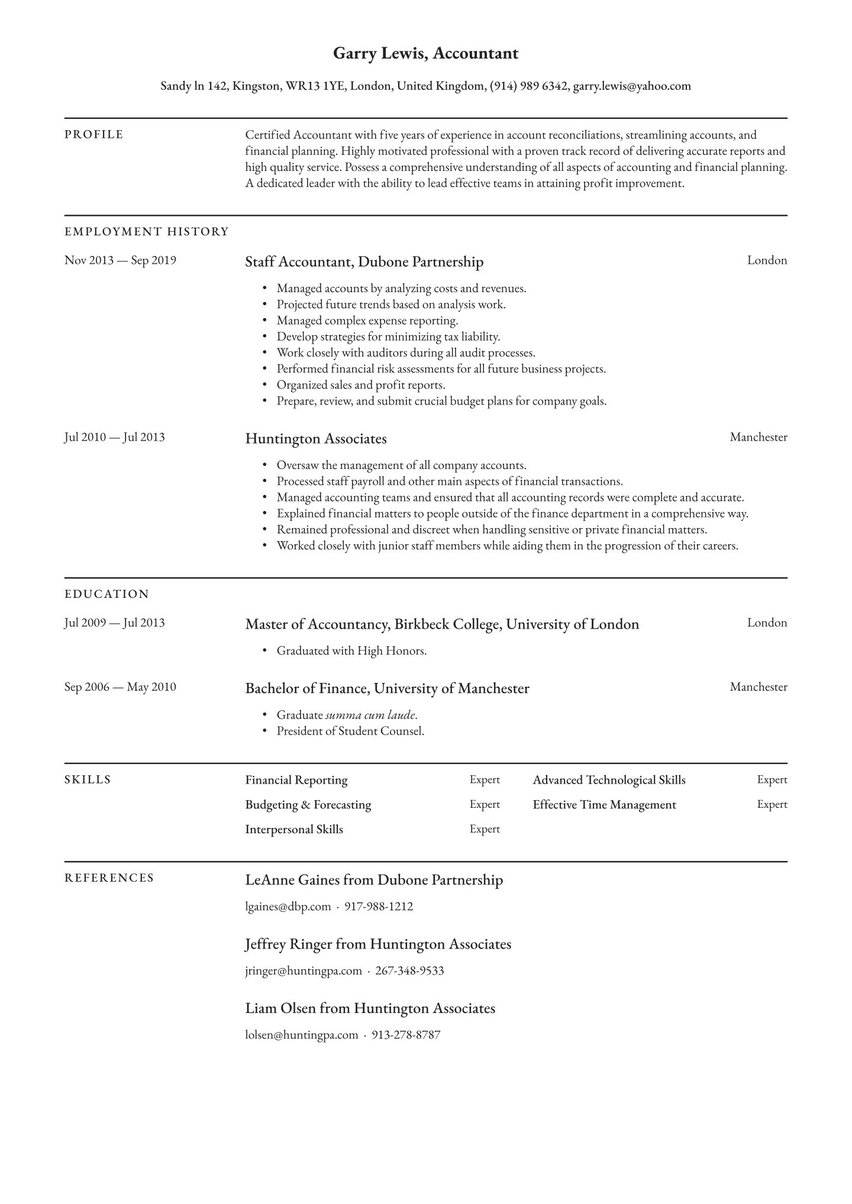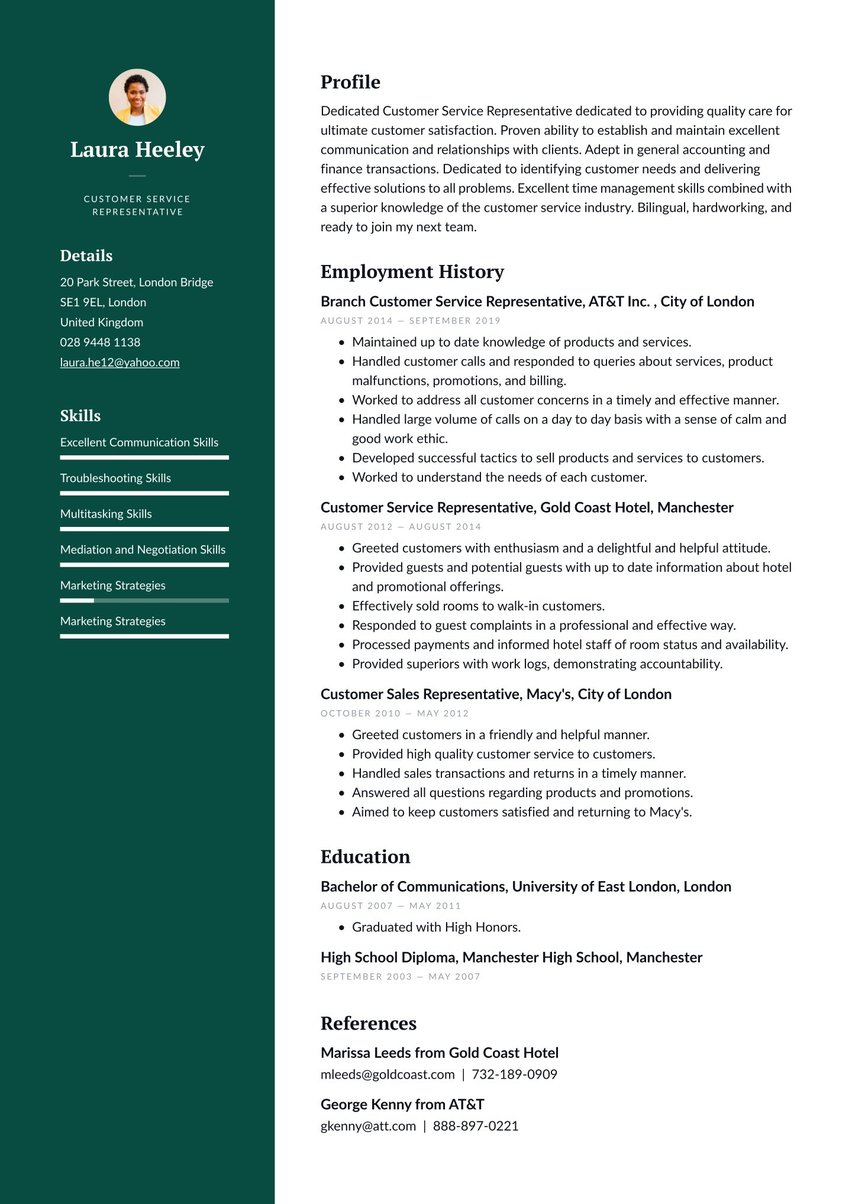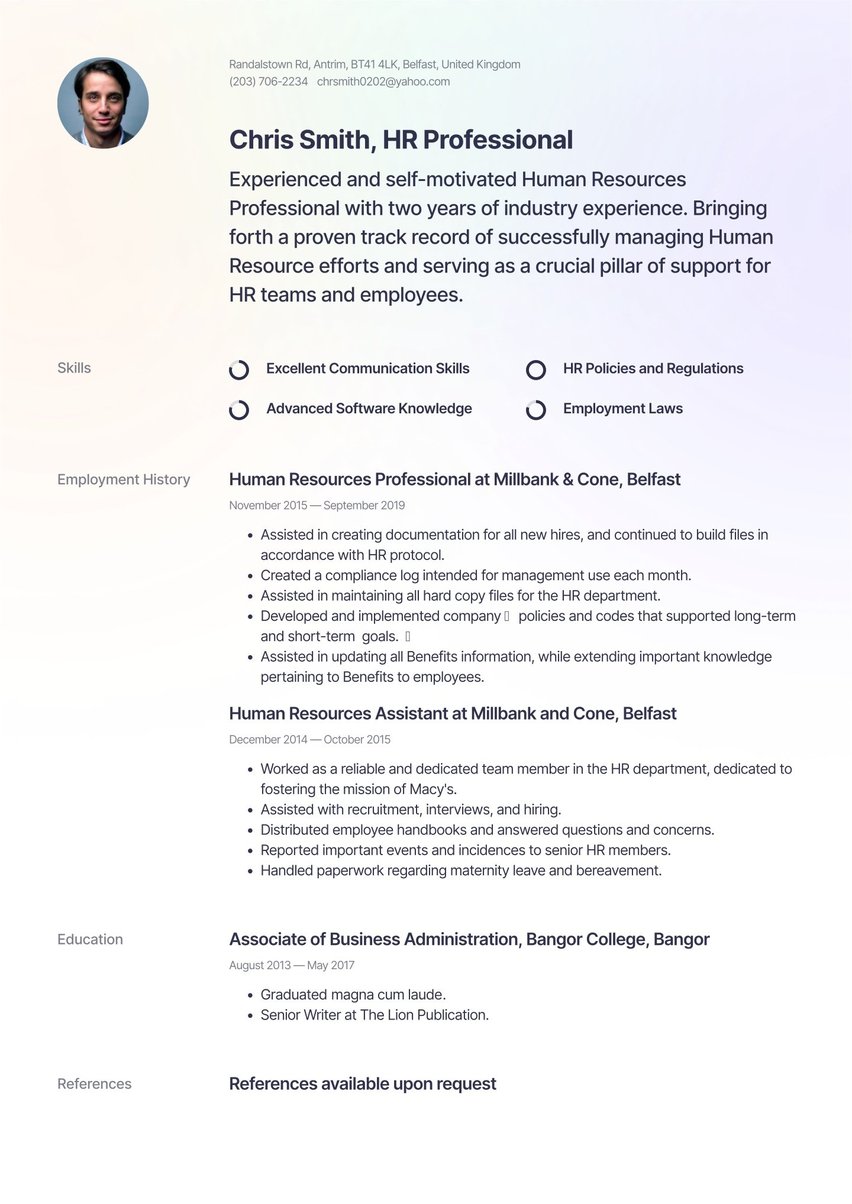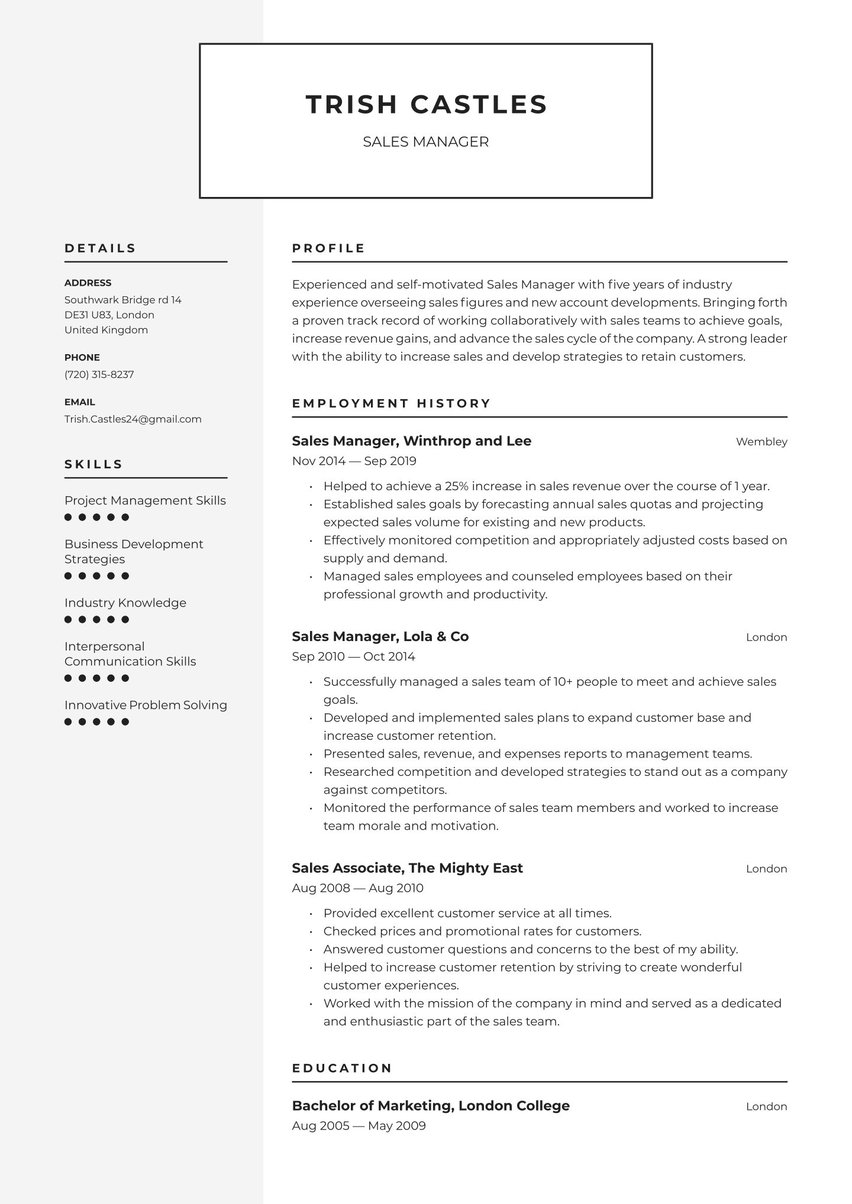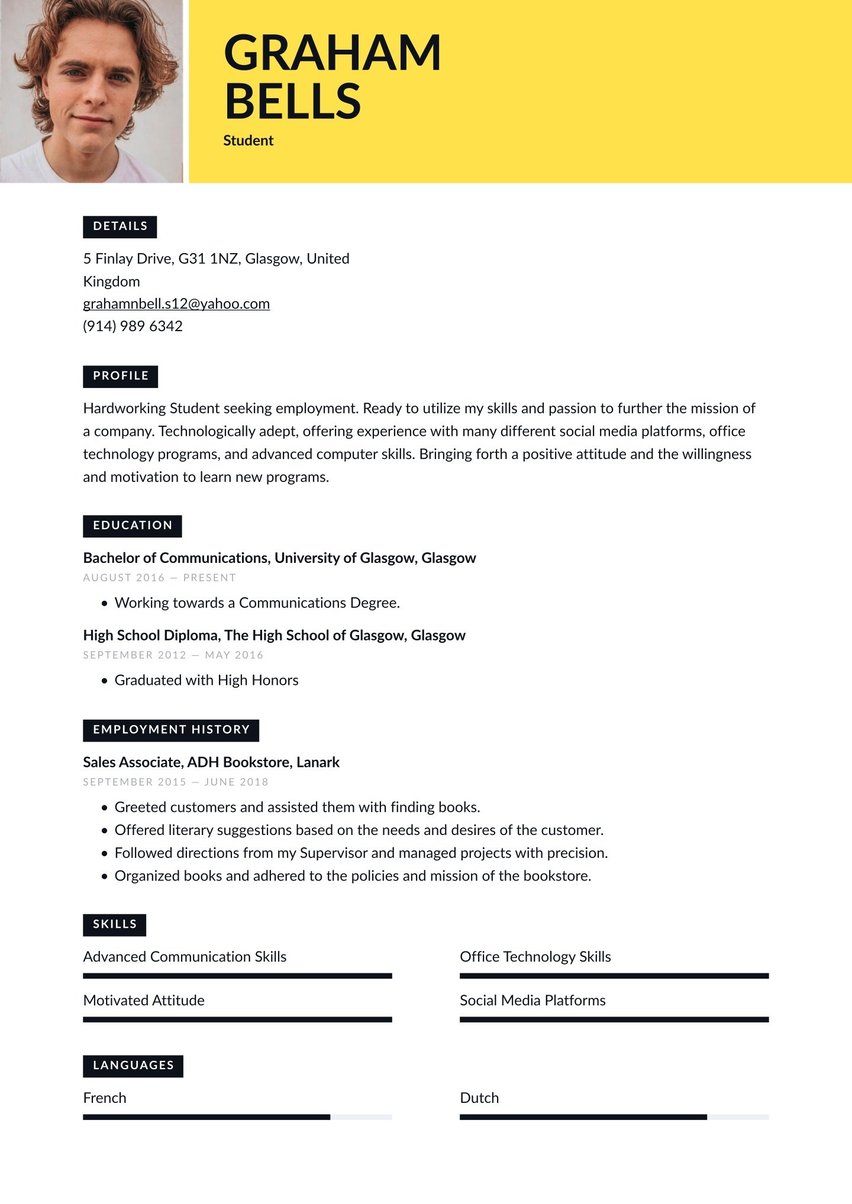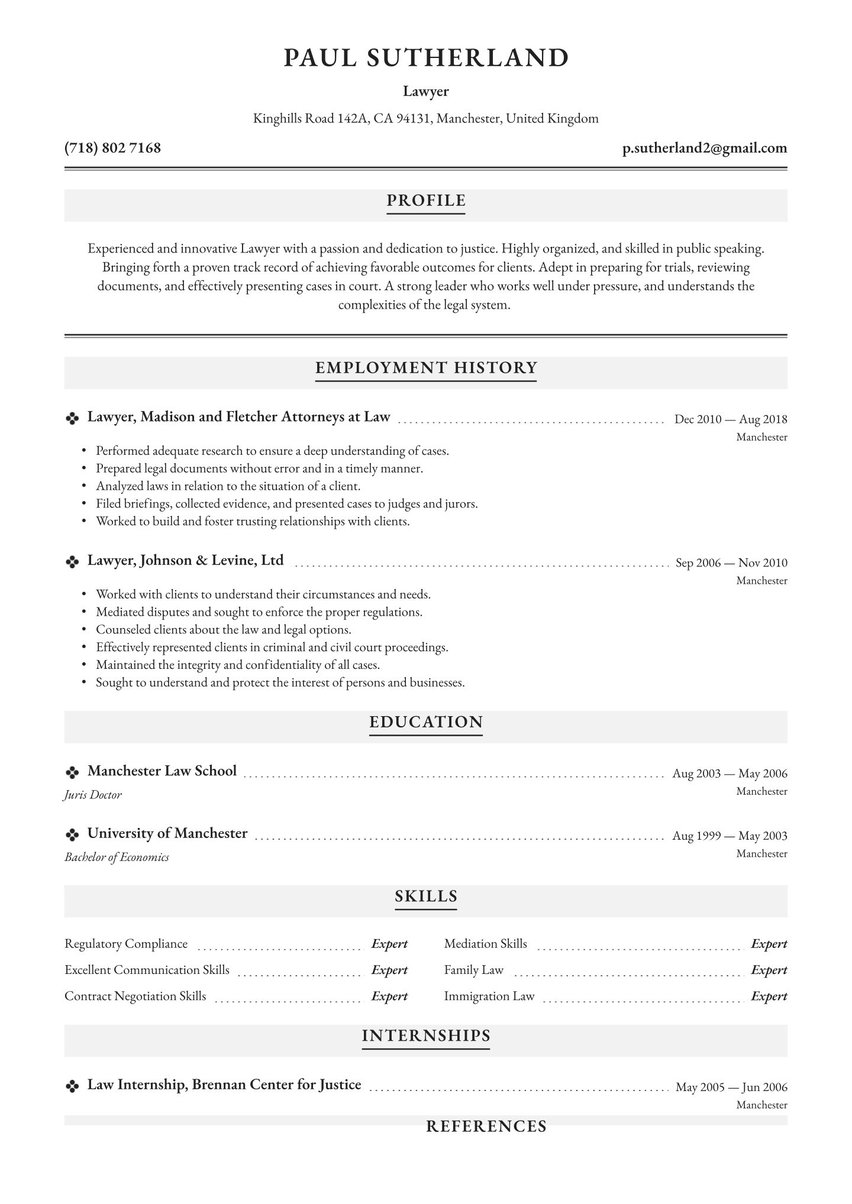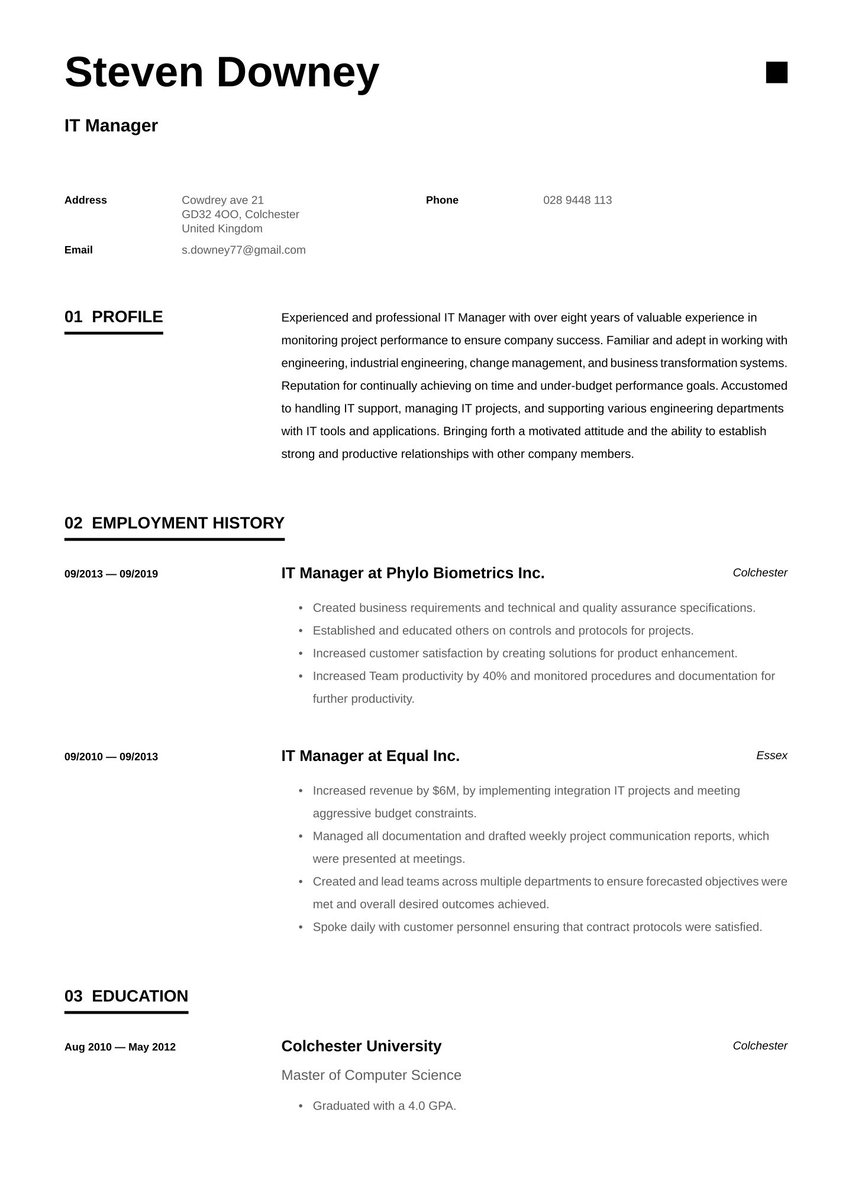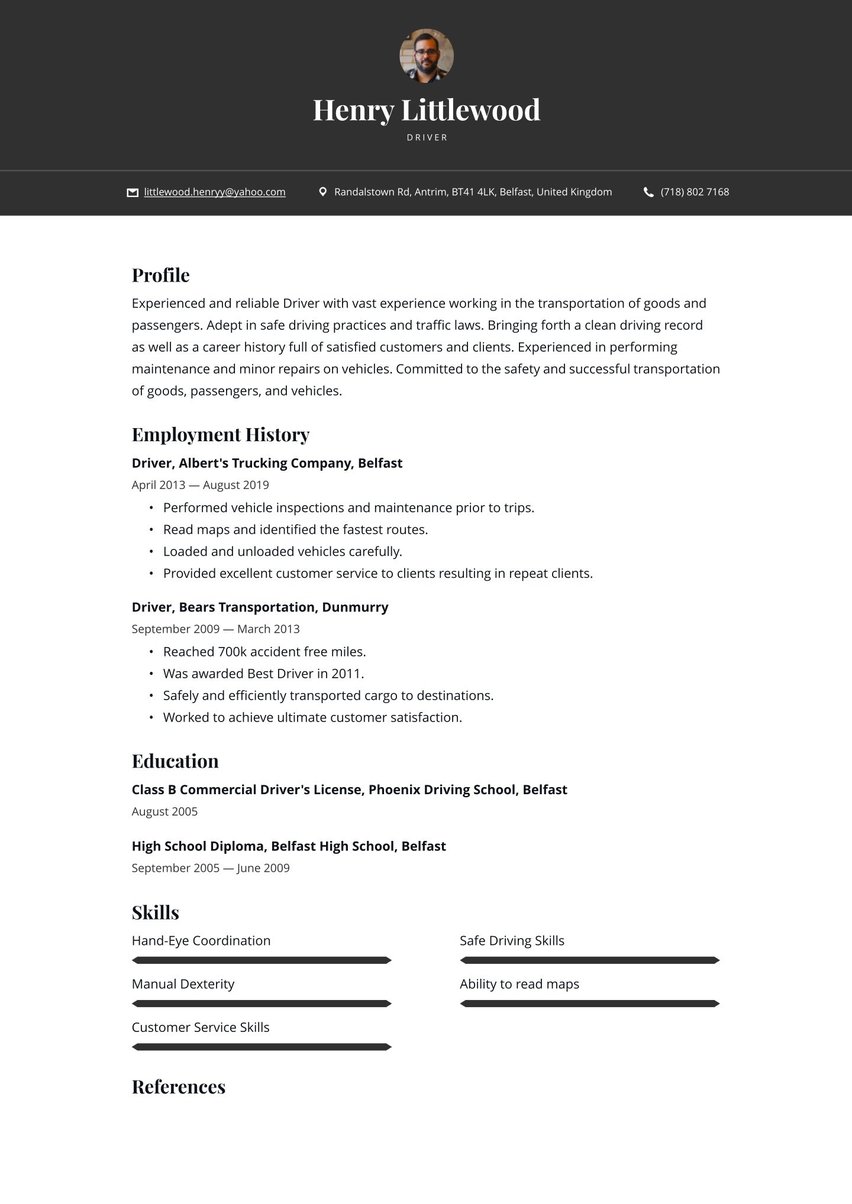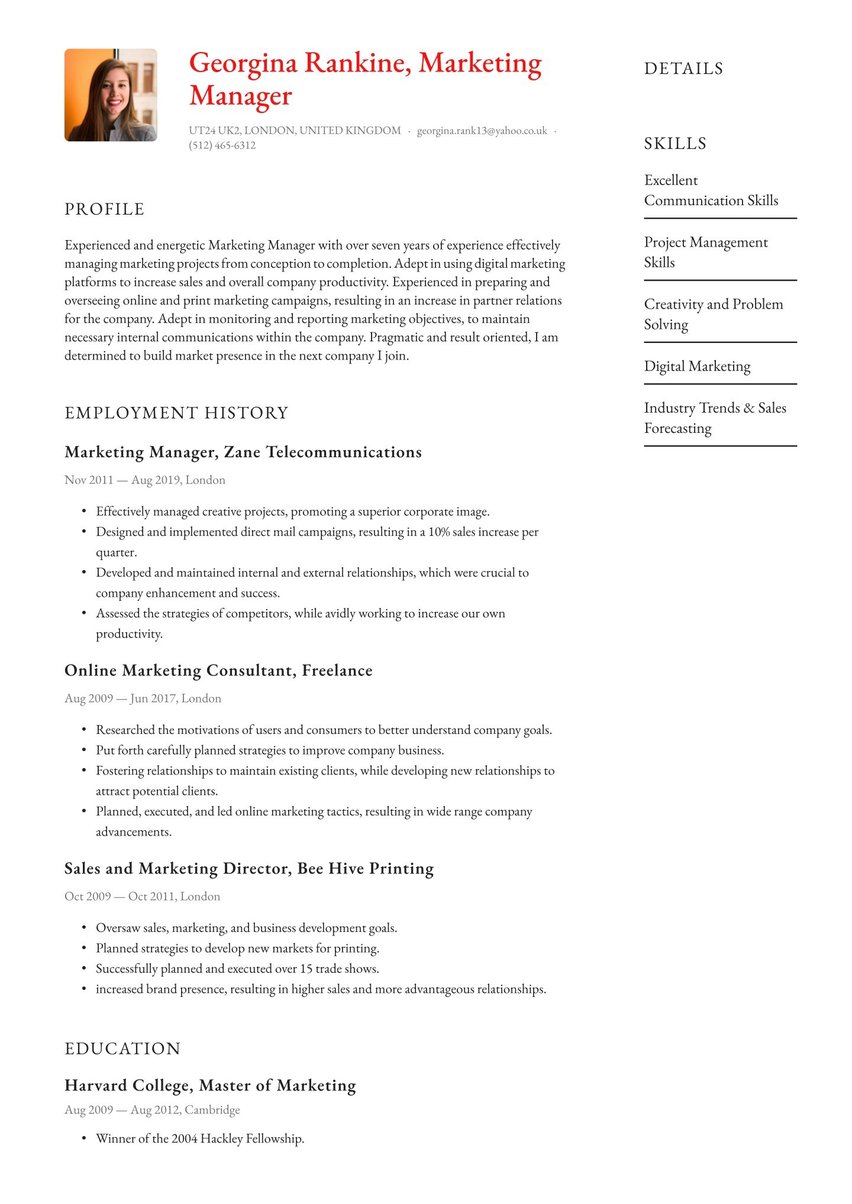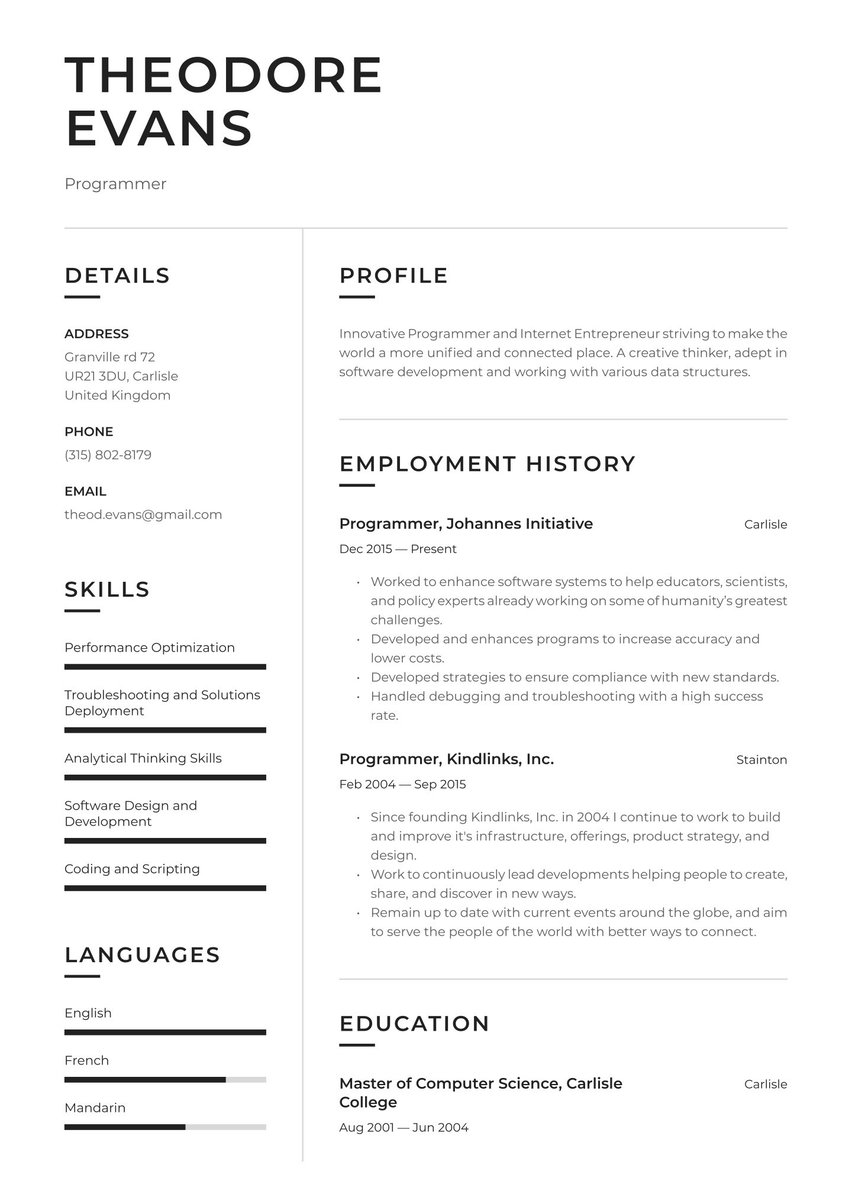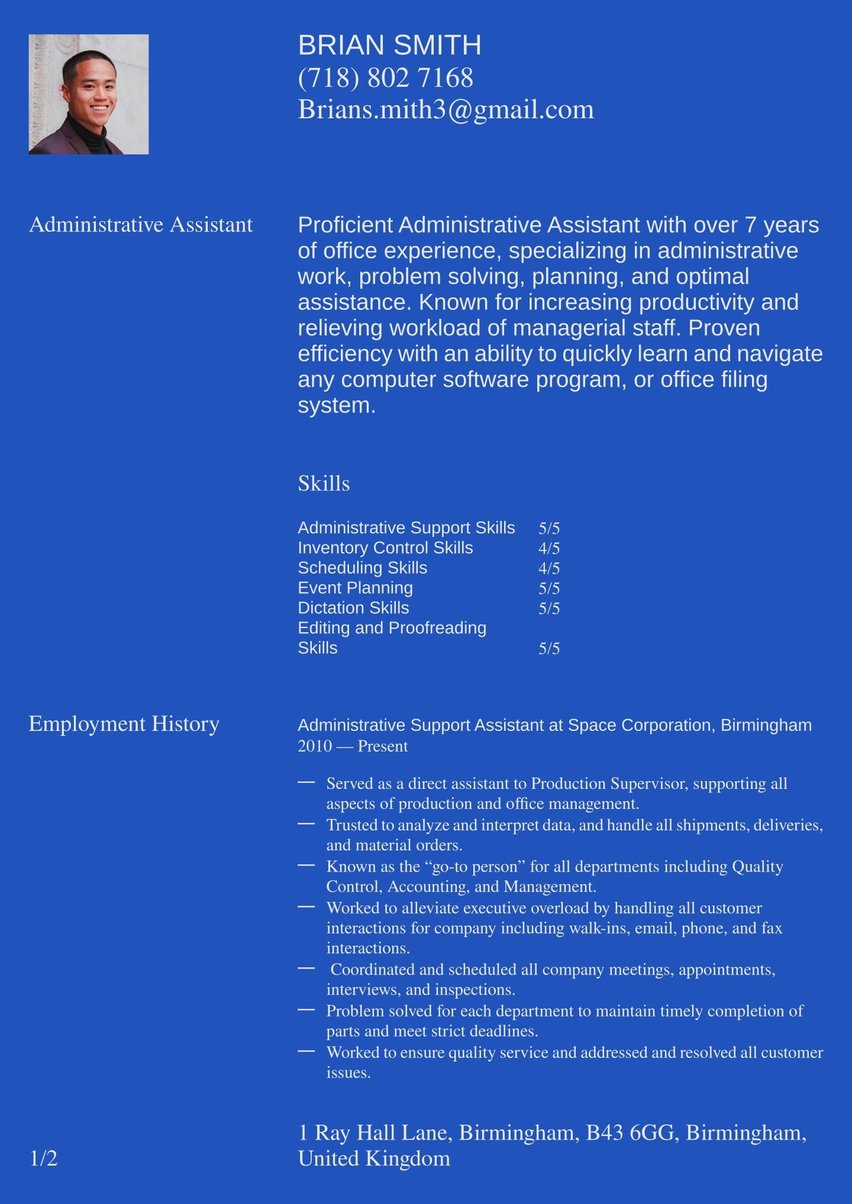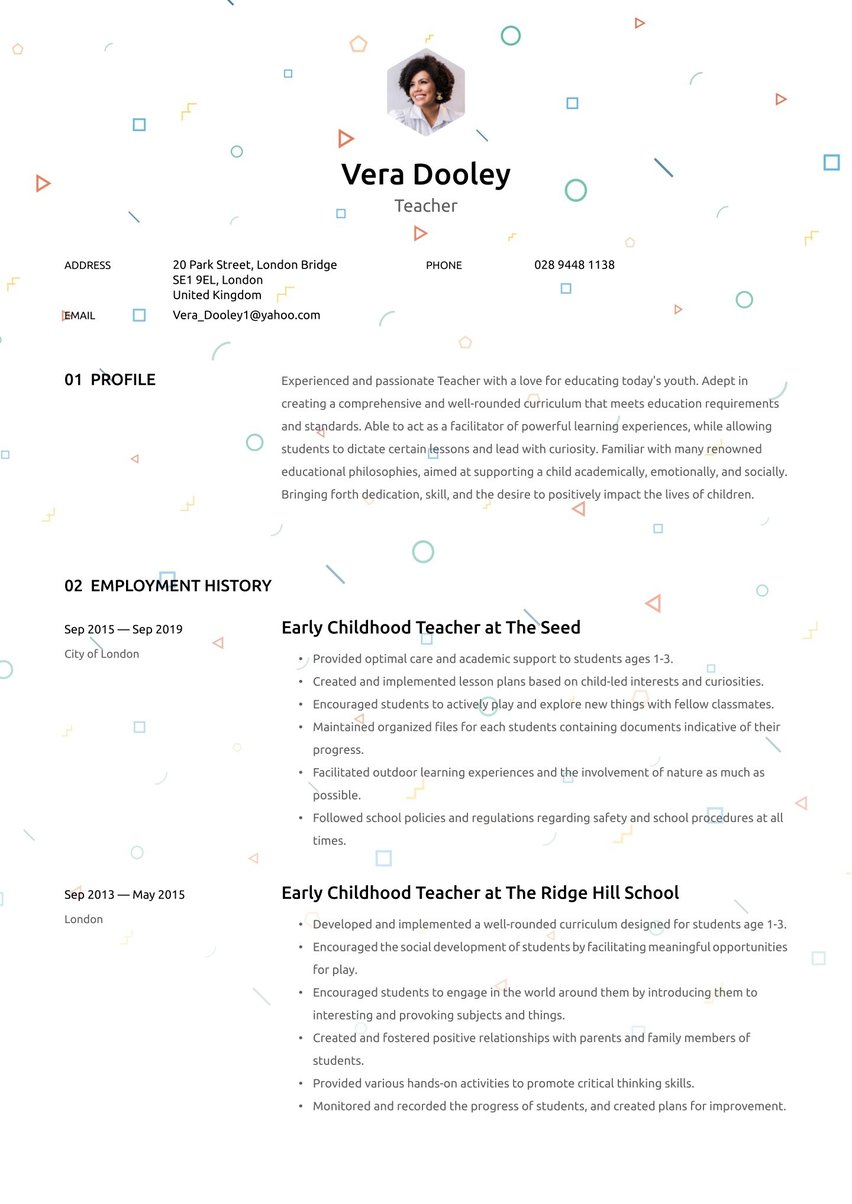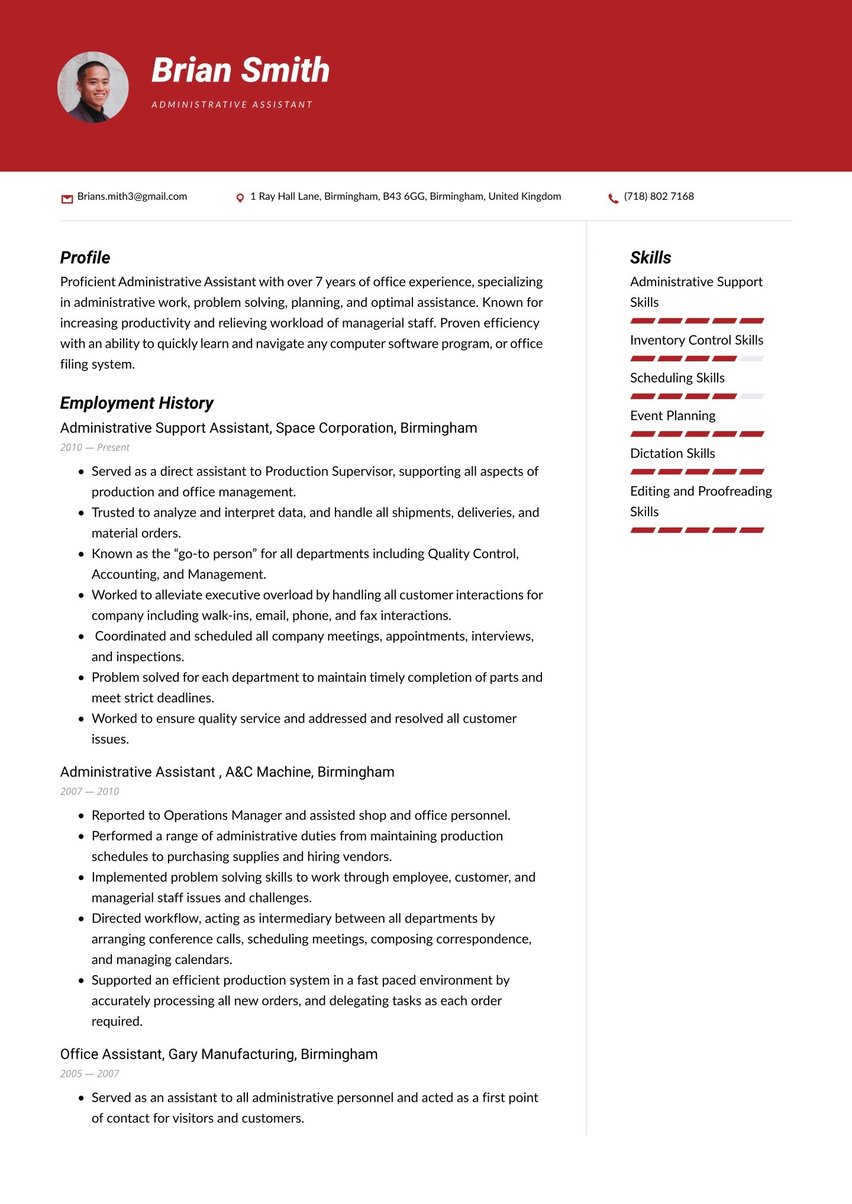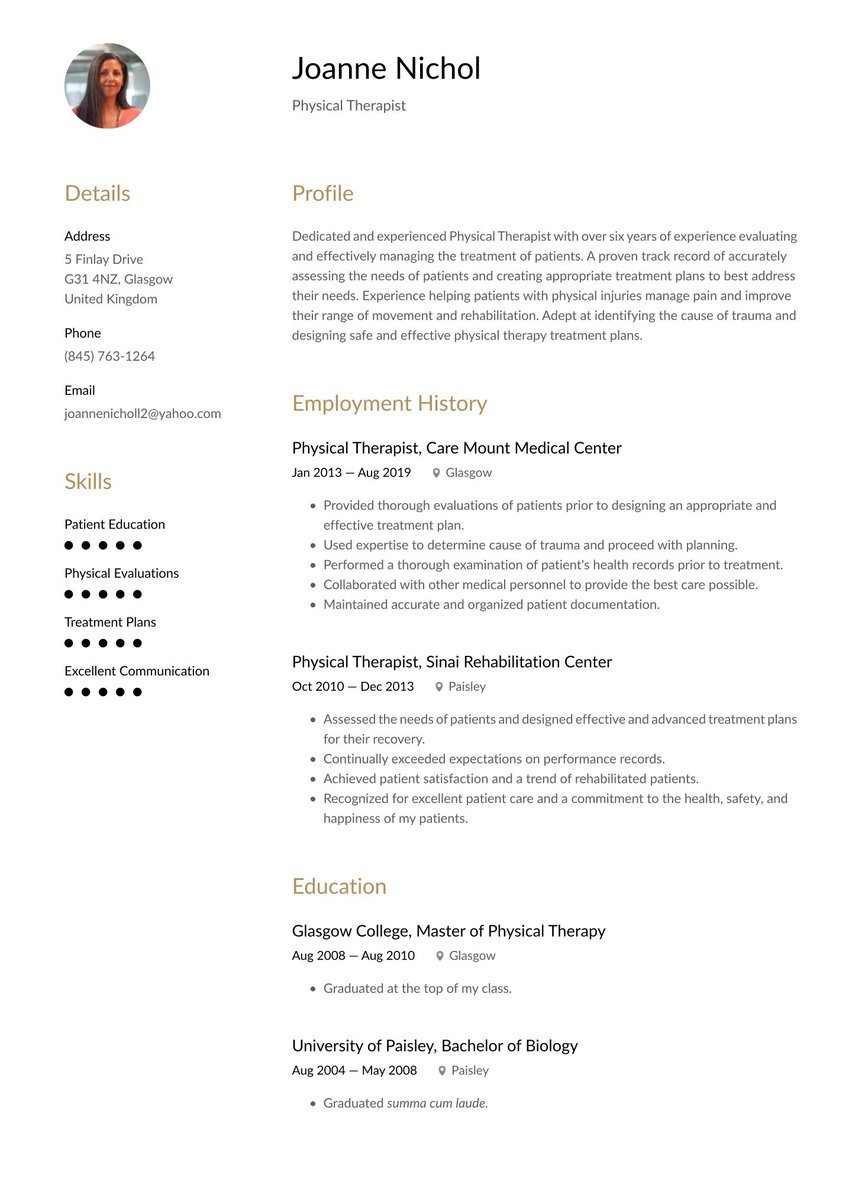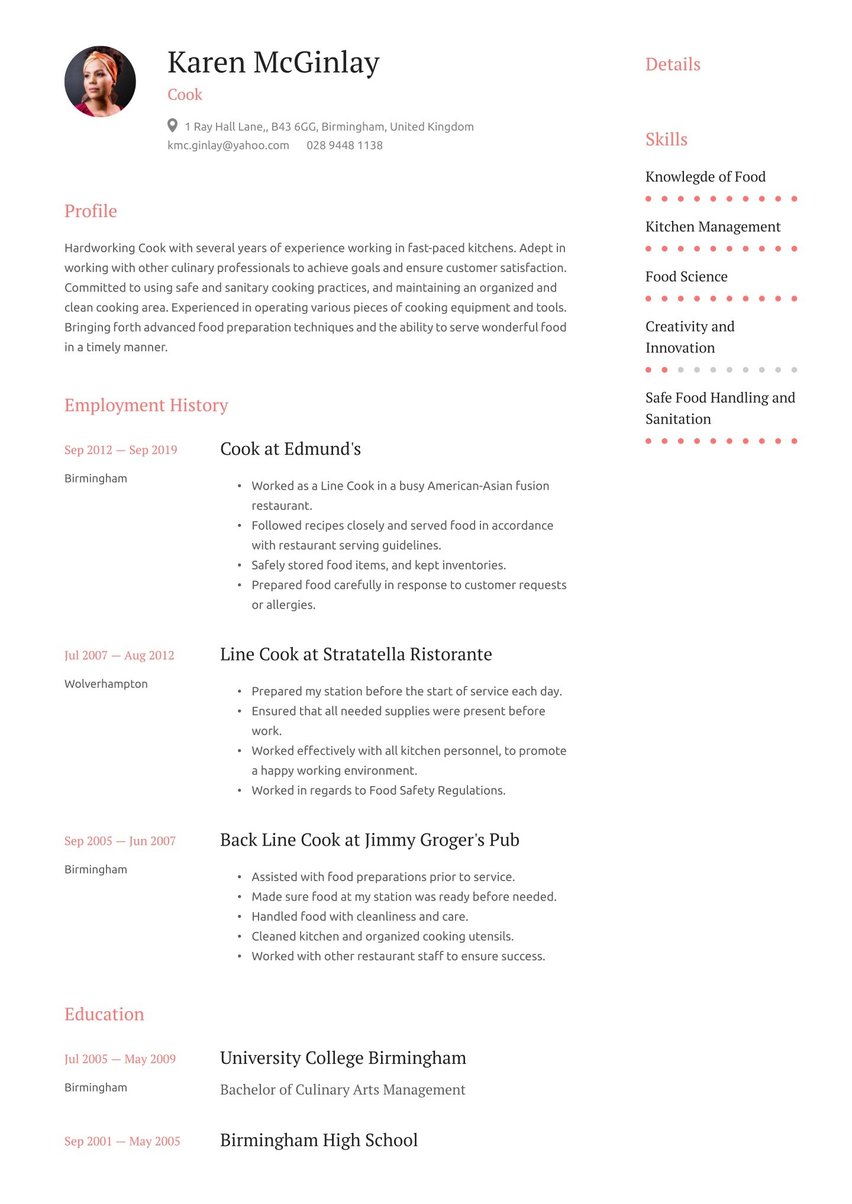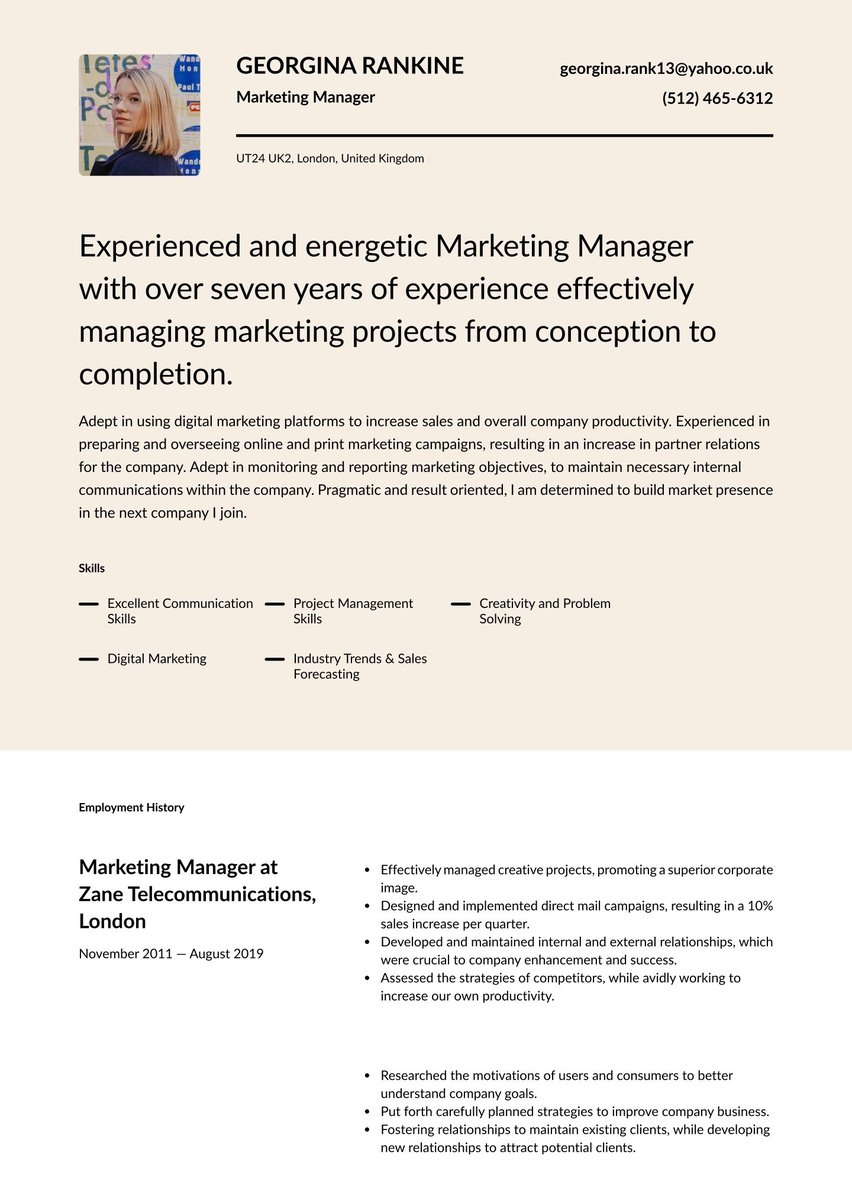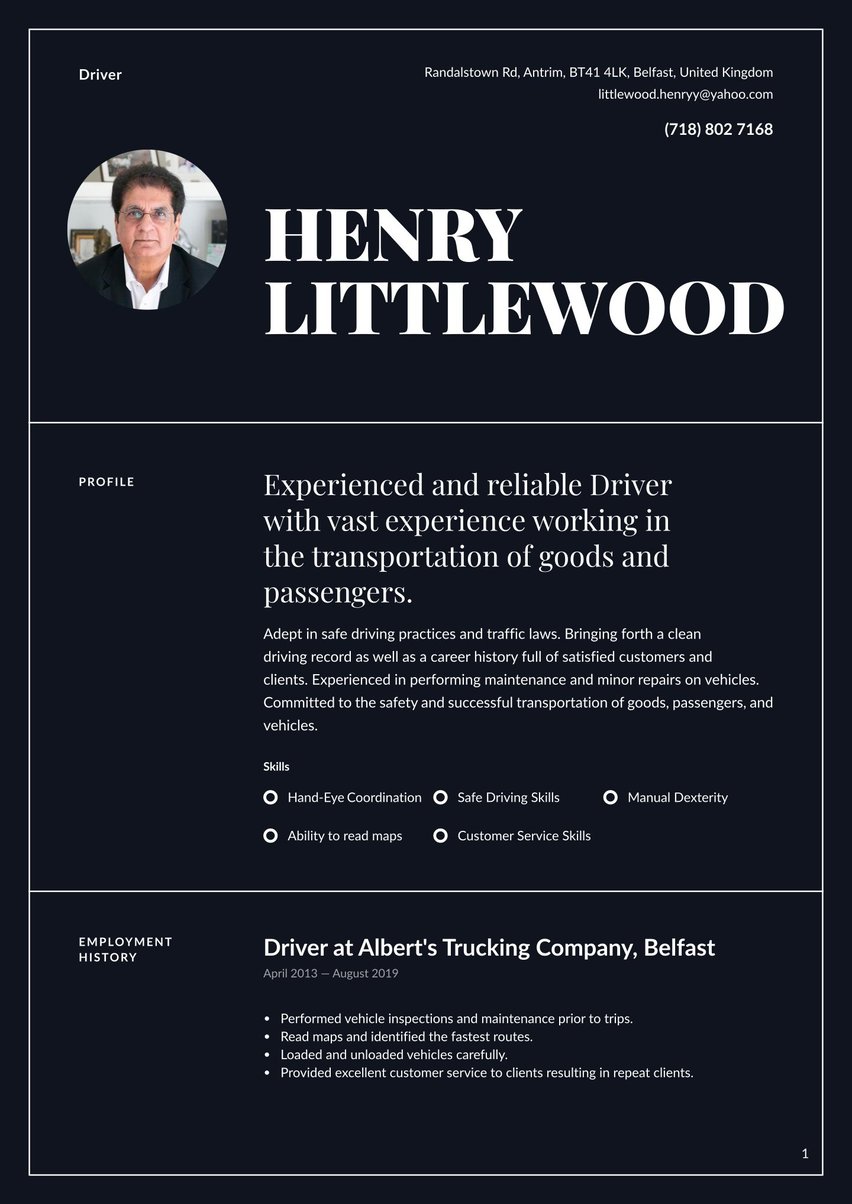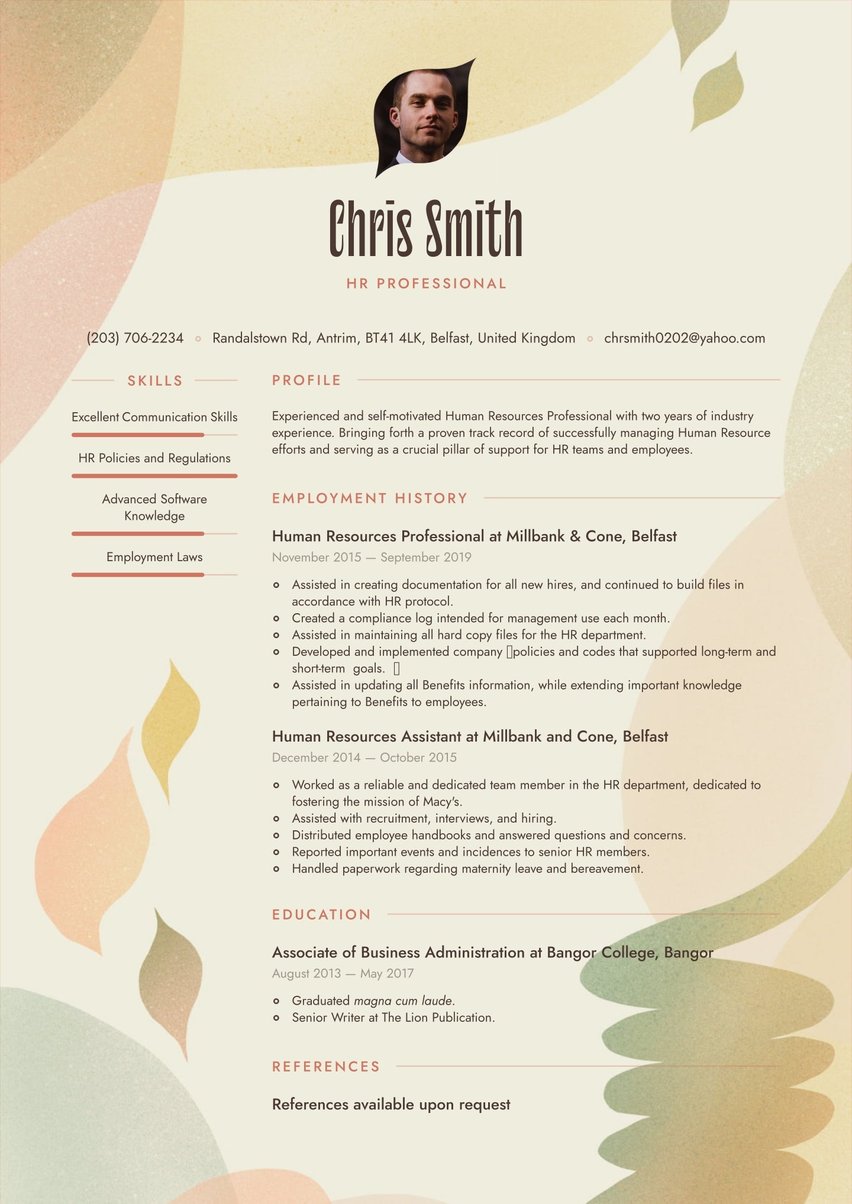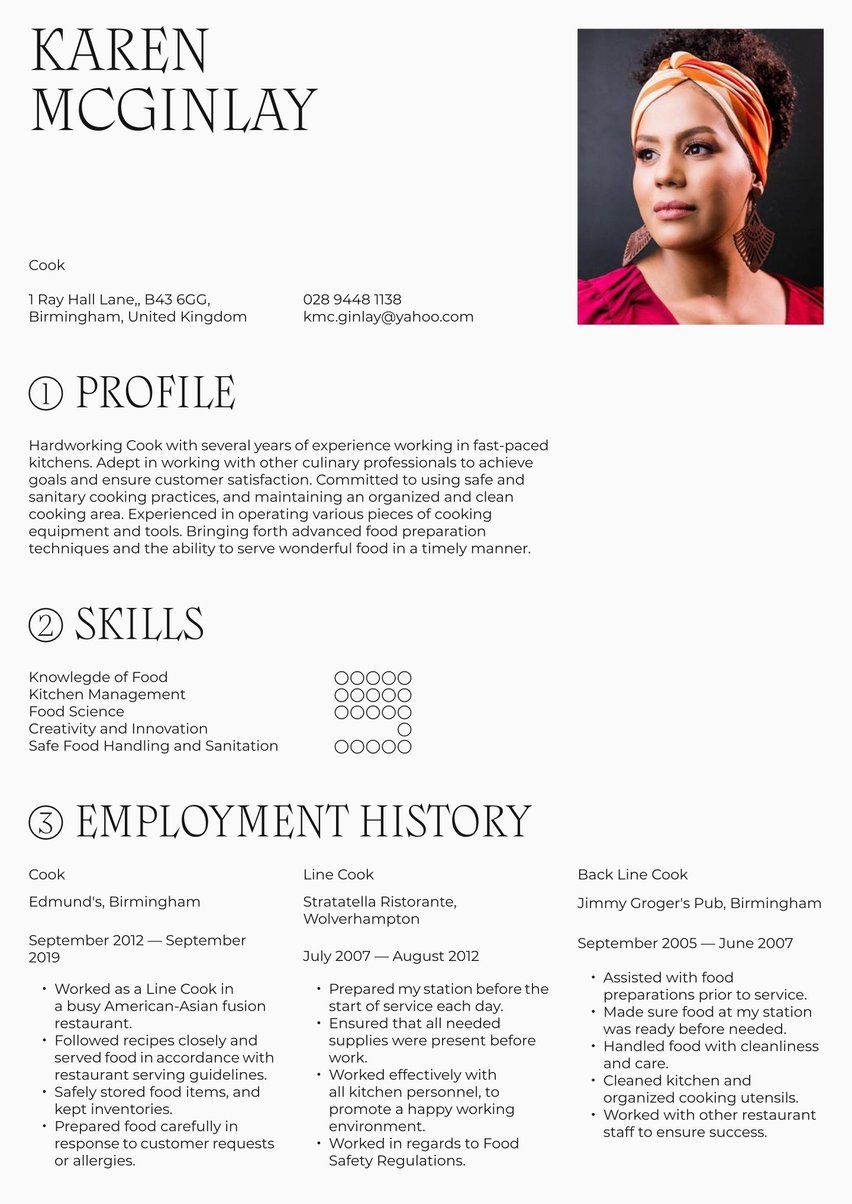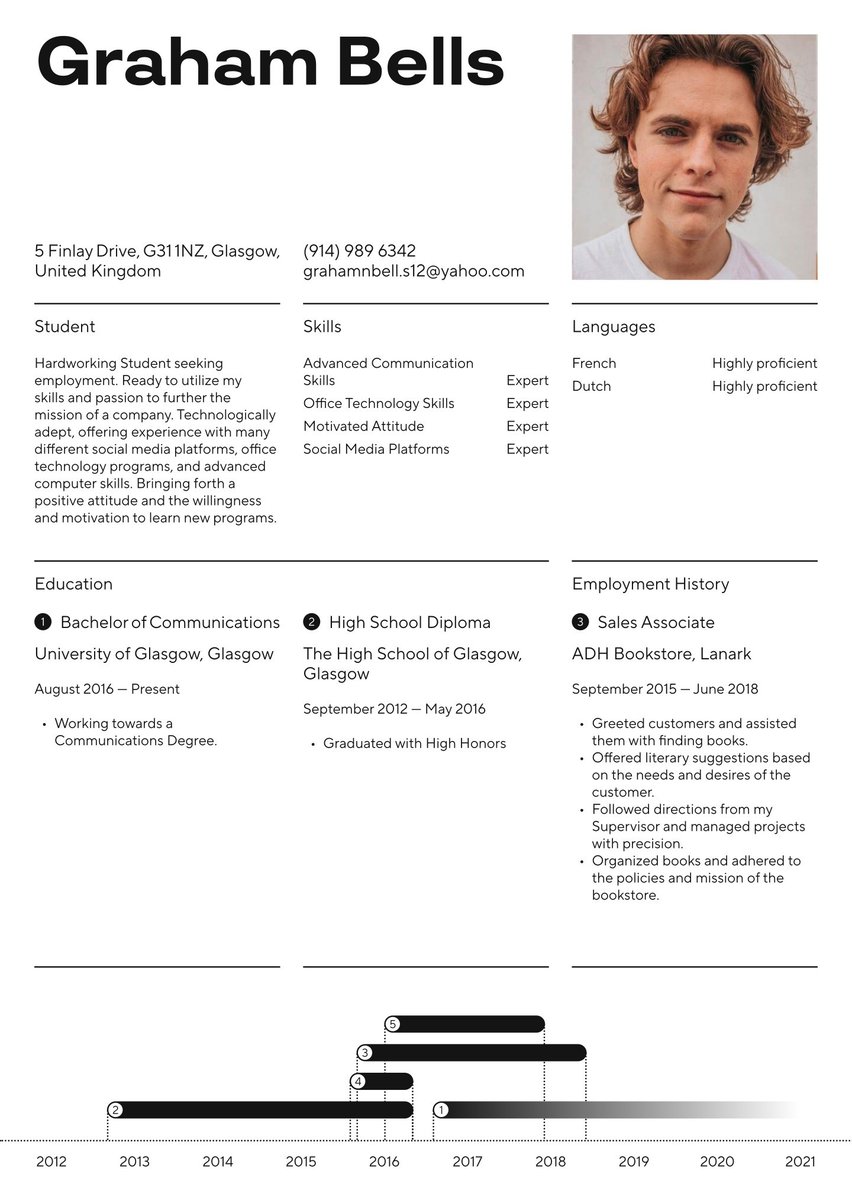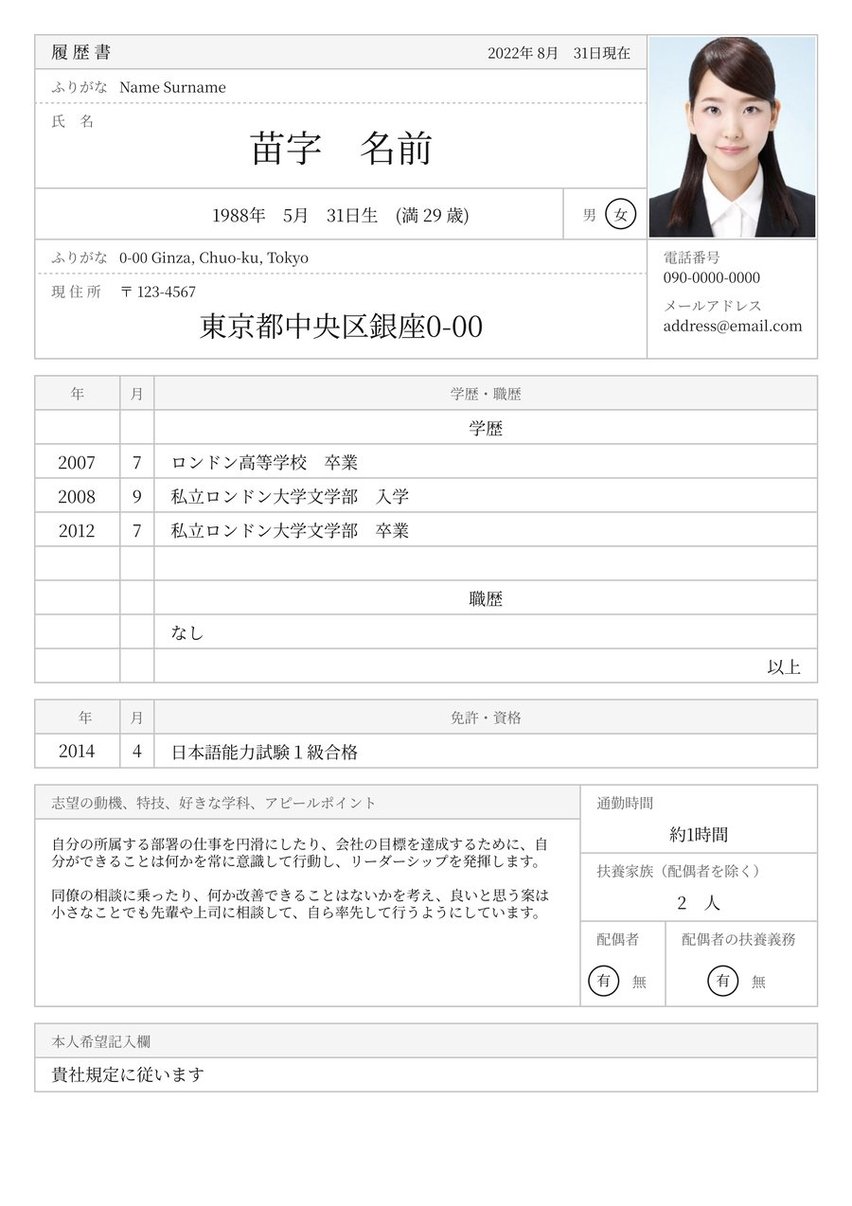Dedicated and reliable kitchen porter with over five years of experience working in fast-paced hospitality environments. Committed to maintaining a high standard of cleanliness and ensuring efficient operations. Collaborative team player with excellent communication skills and a proven ability to support kitchen staff.
01/2019 - present, Kitchen Porter, The Wolseley, London
- Ensured proper cleaning, sanitisation, and storage of dishes, utensils and kitchen equipment.
- Supported chef and kitchen staff by maintaining availability of clean utensils to meet customer needs.
- Adhered to hygiene standards, including regularly cleaning kitchen floors and surfaces.
- Aided in receipt/storage of deliveries and timely stock rotation.
01/2017 - 01/2019, Kitchen Assistant & Porter, Dishoom, London
- Collaborated with team members to prepare basic ingredients for dishes.
- Ensured kitchen consistently met health, safety and cleanliness standards.
- Assisted in waste management, including proper disposal in accordance with environmental guidelines.
01/2008 - 01/2010, GCSEs, Holloway School, London
- Subjects: English, Maths, Science and Hospitality.
- Kitchen Health & Safety Standards
- Commercial Dishwashers & Cleaning Equipment
- Organisational Skills
- Stamina & Physical Resilience
- Team Collaboration
- Attention to Detail
- Workflow Coordination
- Interpersonal Communication
A dynamic kitchen porter CV will keep your career moving forward, just as a kitchen porter keeps everything running in a commercial kitchen.
Resume.io is a powerful resource for job seekers, with CV guides and CV examples for over 65 professions, plus a simple-to-use CV builder. Let us help you display your qualifications confidently and impress hiring managers with a high-performance kitchen porter CV.
This CV guide, along with the corresponding CV example, will cover the following topics:
- What does a kitchen porter do?
- How to write a kitchen porter CV (tips and tricks)
- The best format for a kitchen porter CV
- Advice on each section of your CV (summary, work history, education, skills)
- Professional CV layout and design hints.
What does a kitchen porter do?
Kitchen porter work involves keeping a commercial kitchen, such as one at a restaurant, factory, or hospital, running smoothly. On a daily basis, a kitchen porter may support chefs in a specific part of the kitchen, prepare food items, mix or chop ingredients, handle deliveries and storage areas, and ensure a clean kitchen.
How do you become a kitchen porter?
There are many entry points to a kitchen porter job, including a college course, an apprenticeship, or just finding a kitchen porter job description and submitting your CV.
If you decide to go the college route, consider courses focused on hospitality employment, cookery, or food safety. You could also complete an apprenticeship as a commis chef or hospitality worker.
How much do kitchen porters earn?
According to the U.K.’s National Career Service, a kitchen porter earns an average of £11,500
to £16,500 per year. This is based on an average work week of 40-42 hours.
How to write a kitchen porter CV
The very first step in writing your kitchen porter CV is understanding the sections to include; your CV should contain the following elements:
- A header
- A summary
- An employment history section
- A skills section
- An education section
A successful kitchen porter CV will make it clear that you have expertise in customer service, high attention to detail, and the ability to succeed in a fast-paced and sometimes stressful environment.
Before writing your CV, imagine the day-to-day work of a kitchen porter and consider how you’ve done similar work in the past. Think about questions an interviewer may ask, and aim to answer them on your CV.
Use concise bullet points to explain your experience, and avoid being overly formal and stuffy.
Choosing the best CV format for a kitchen porter
For most job seekers, the best CV format for a kitchen porter role will be reverse chronological. This means your employment history section will begin with your current or most recent job, ending with your earliest experience.
Other CV formats include the functional format — often used by job seekers who want to bring the focus to their skills instead of their work history — and the combination format, which blends aspects of functional and reverse chronological formats.
However, for most kitchen porters, the best CV format will be reverse chronological.
CV header
The header on your CV may seem like a simple aspect, but it’s actually one of the most important. This is where you share your contact information, which allows employers to contact you for an interview. It also makes it clear who the CV belongs to, so make sure this section is clear and easy to read.
CV summary example
A strong CV for kitchen porter work should begin with a summary, sometimes referred to as a profile. This is an area of your CV devoted to introducing your qualifications and experience.
Because this is meant to be a short, few-sentence summary, be concise and avoid extraneous pronouns like ”I” or “my.” Focus on compelling verbs that clarify the value you bring; don’t just rehash your daily job duties.
If you’re looking for inspiration to get started, you can find additional writing material in our related CV examples. In particular, you may be interested in:
You can find a kitchen porter CV example summary below.
Dedicated and reliable kitchen porter with over five years of experience working in fast-paced hospitality environments. Committed to maintaining a high standard of cleanliness and ensuring efficient operations. Collaborative team player with excellent communication skills and a proven ability to support kitchen staff.
Employment history sample
Using a reverse chronological format, you'll begin your work history section with your current or more recent job, then work backwards.
Under the heading for each employer, detail your contributions and accomplishments in short bullet points. Again, avoid using personal pronouns. Write as specifically as you can about the impact you made in past roles, including any quantifiable metrics you can. Start each bullet with a verb that reflects your achievement.
Don’t just list your daily duties; instead, focus on results. Even including details like the number of customers your facility served in a day can make a difference.
You can find a kitchen porter employment history CV sample below.
Kitchen Porter at The Wolseley, London
2019 - Present
- Ensured proper cleaning, sanitisation, and storage of dishes, utensils and kitchen equipment.
- Supported chef and kitchen staff by maintaining availability of clean utensils to meet customer needs.
- Adhered to hygiene standards, including regularly cleaning kitchen floors and surfaces.
- Aided in receipt/storage of deliveries and timely stock rotation.
Kitchen Assistant & Porter at Dishoom, London
2017 - 2019
- Collaborated with team members to prepare basic ingredients for dishes.
- Ensured kitchen consistently met health, safety and cleanliness standards.
- Assisted in waste management, including proper disposal in accordance with environmental guidelines.
CV skills example
A skills list on your CV makes your value proposition obvious to an employer. It’s a great way to incorporate both hard and soft skills on your CV. Hard skills are those that show your ability to do the job itself, while soft skills reflect your interpersonal abilities.
Check out a CV sample for the skills section below.
- Kitchen Health & Safety Standards
- Commercial Dishwashers & Cleaning Equipment
- Organisational Skills
- Stamina & Physical Resilience
- Team Collaboration
- Attention to Detail
- Workflow Coordination
- Interpersonal Communication
Kitchen porter CV education example
Including your education on your CV is often fairly straightforward. You can list any courses or other higher education you’ve completed.
Be sure to add any relevant certifications or training that make you a competitive candidate for kitchen porter work. This is also where you can add past apprenticeship work if you’d like.
If you’re newer to the workforce, consider reversing the order of your education and work history sections so education comes first.
Below, check out an education section from a kitchen porter CV example.
GCSEs, Holloway School, London
2008 - 2010
- Subjects: English, Maths, Science and Hospitality.
CV layout and design
A strong kitchen porter CV should increase your chances for an interview, so it needs to be effective and impactful. That means we can’t ignore the visual aspect of your CV.
Make your CV easy and simple for hiring managers to read. They should be able to find pertinent information at a glance and make a quick decision to interview you. Your CV should be clean, streamlined, and simple — bringing attention to the content, not the design itself.
Crafting a visually compelling CV takes time and skill, but we can help. Consider using one of our CV templates to make the job easier.
Key takeaways for a kitchen porter CV
- A kitchen porter works in a commercial kitchen and helps with food preparation, customer service, and cleaning and organising.
- A CV for kitchen porter jobs should provide evidence of related work experience, customer service skills, and the ability to work quickly and handle stressful environments.
- Be sure to craft your CV in a way that shows your achievements and is easy to read, aligning it with the specific kitchen porter job description.
- Using our online CV maker and guides will help make the entire process easier and faster.

